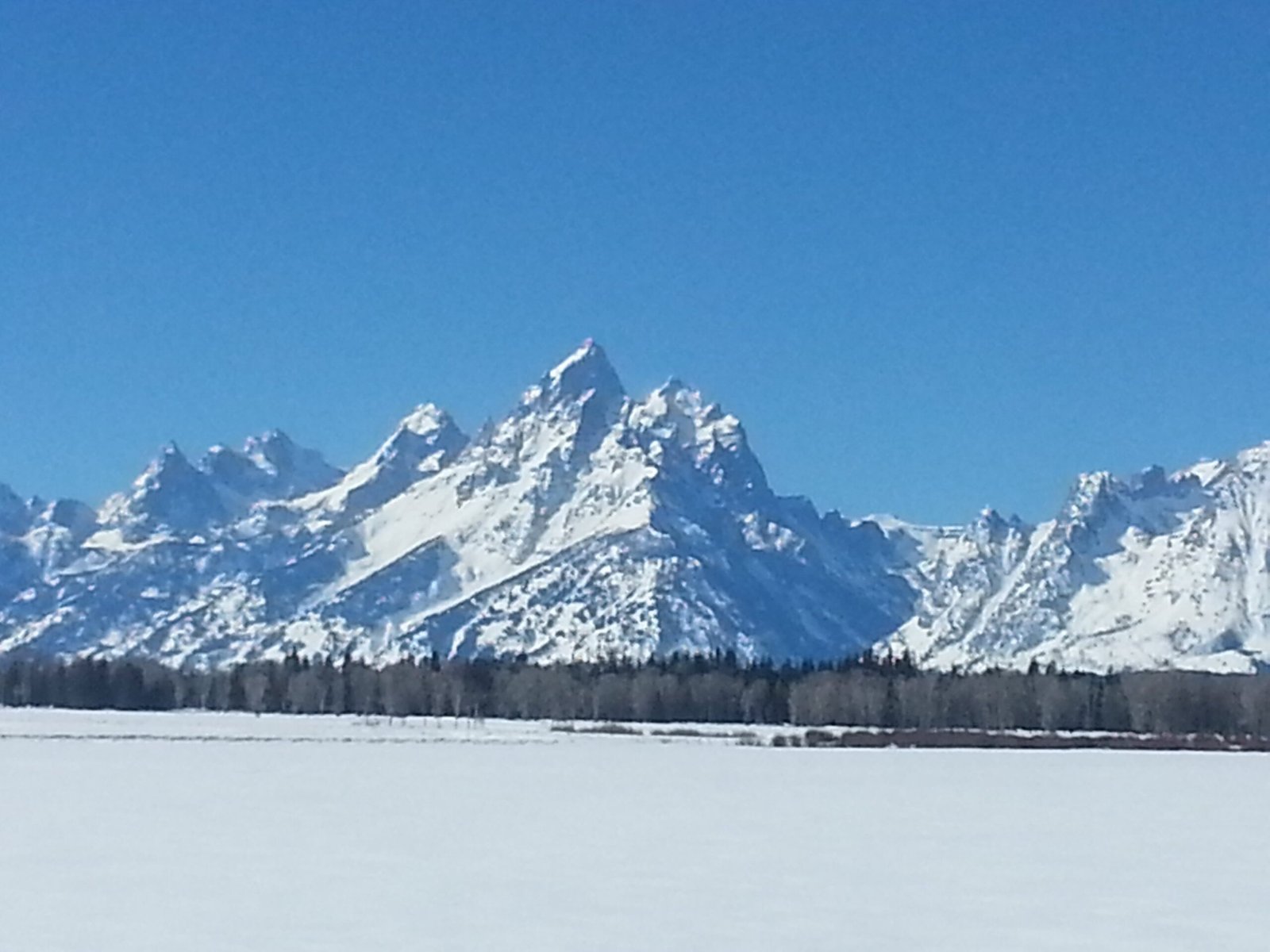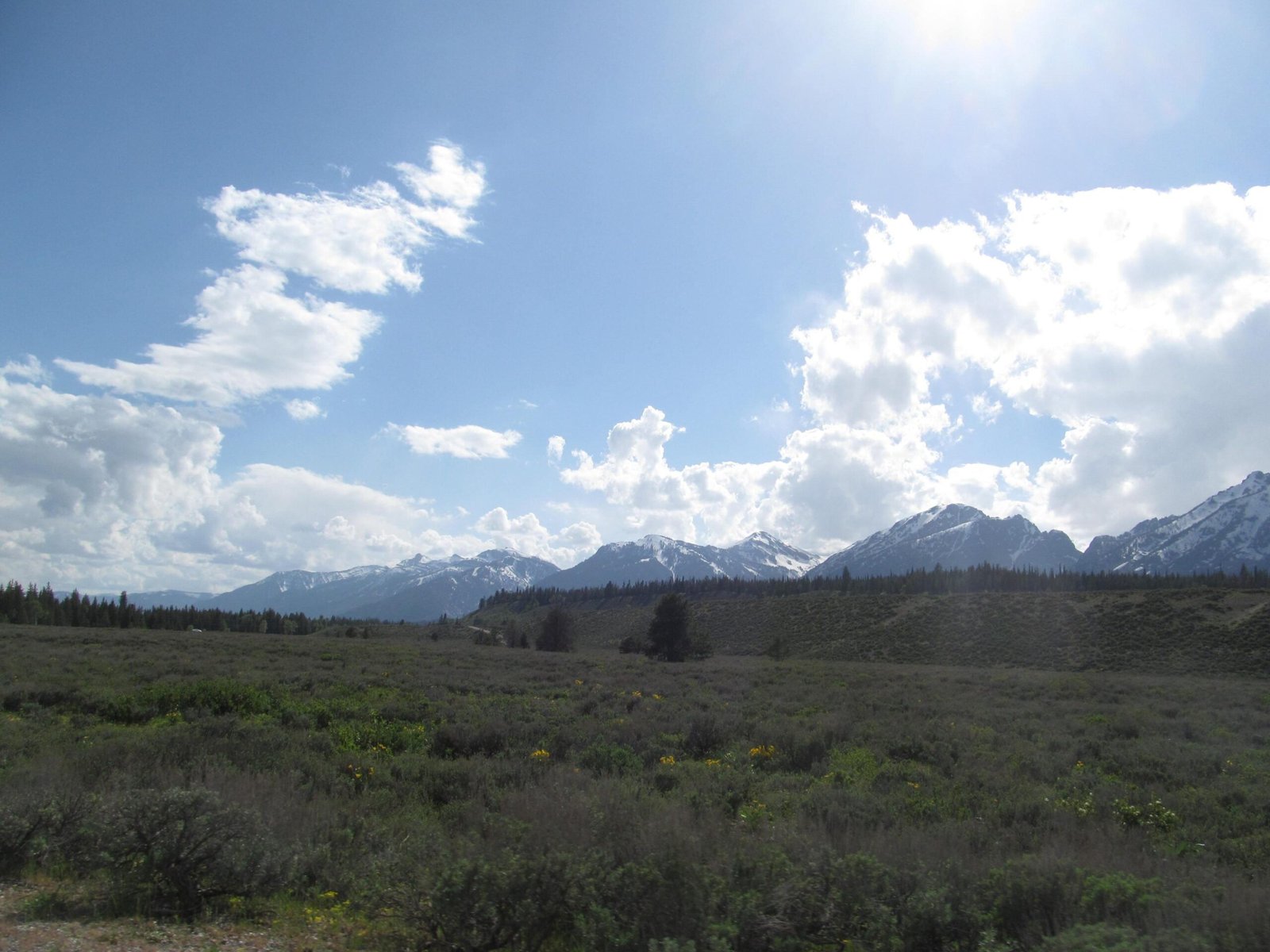Grand Teton National Park offers an extraordinary astronomical playground where pristine dark skies, minimal light pollution, and diverse elevation ranges create perfect conditions for celestial observation. Nestled in Wyoming’s majestic landscape, this park provides astronomers, astrophotographers, and stargazing enthusiasts unparalleled opportunities to explore the cosmos against a backdrop of dramatic mountain silhouettes and expansive wilderness.
What Makes Grand Teton National Park a Stellar Astronomy Destination?

Grand Teton National Park’s unique geographical characteristics make it an exceptional location for astronomical exploration. The park’s high elevation, remote location, and limited artificial light create near-perfect conditions for observing celestial phenomena.
Dark Sky Characteristics
| Sky Quality Metric | Grand Teton National Park Rating |
|---|---|
| Bortle Scale | Class 2-3 (Excellent Dark Skies) |
| Light Pollution | Minimal to None |
| Visibility Range | 360-Degree Unobstructed Views |
Best Astronomical Observation Locations
Where Can You Find the Most Spectacular Stargazing Spots?
- String Lake Trailhead
- Easily accessible parking area
- Panoramic mountain and sky views
-
Minimal walking required
-
Death Canyon
- Remote and secluded location
- Higher elevation advantages
-
Requires moderate hiking skills
-
Alaska Basin
- Advanced stargazing destination
- Requires 15-mile trek
- Elevation above 9,000 feet
What Celestial Events Can You Observe?

Seasonal Astronomical Highlights
- Milky Way Visibility: March through September
- Peak Visibility Months: June and July
- Recommended Observation Times:
- After astronomical twilight
- 20 minutes post-sunset
- New moon phases
How to Prepare for Astronomical Observation?
Essential Equipment Checklist
- High-quality telescope
- Astronomical binoculars
- Red-light headlamp
- Star charts or digital astronomy apps
- Warm clothing
- Portable chair or reclining mat
- Thermos with hot beverages
Photography Recommendations
Camera Settings for Astrophotography
- Camera Type: DSLR or Mirrorless
- Lens: Wide-angle (14-24mm)
- Aperture: f/2.8 or wider
- ISO: 1600-3200
- Exposure: 15-30 seconds
- Recommended Apps: PhotoPills, Stellarium
What Unique Astronomical Experiences Await?
Specialized Observation Opportunities
- Meteor shower viewing
- Planetary alignment tracking
- Deep sky object identification
- Seasonal constellation mapping
Safety and Conservation Tips
- Respect park regulations
- Practice Leave No Trace principles
- Use red-light devices to preserve night vision
- Check weather conditions beforehand
- Inform park rangers about extended night observations
Practical Visitor Information
- Park Entrance Fee: Required
- Best Visiting Seasons: Late Spring to Early Fall
- Recommended Preparation:
- Check lunar calendars
- Monitor weather forecasts
- Obtain necessary permits
Recommended Astronomy Resources
- National Park Service Website
- Local Astronomy Clubs
- Dark Sky International Organizations
Photography and Observation Workshops
While specific workshops vary seasonally, the park occasionally offers:
– Ranger-led stargazing programs
– Astrophotography workshops
– Night sky interpretation sessions
Additional Considerations
- Bring appropriate cold-weather gear
- Carry sufficient water and snacks
- Use insect repellent
- Maintain quiet during observations
Pro Tip: Always check current park conditions and potential restrictions before planning your astronomical adventure.
Final Astronomical Insights
Grand Teton National Park represents more than a landscape—it’s a living, breathing astronomical observatory where mountains meet the cosmos, offering unparalleled opportunities for celestial exploration and wonder.

